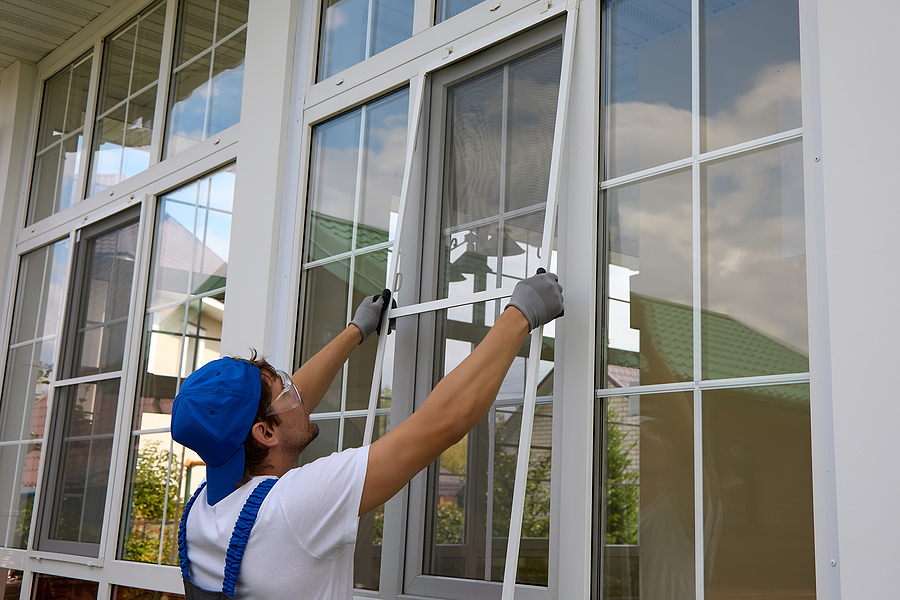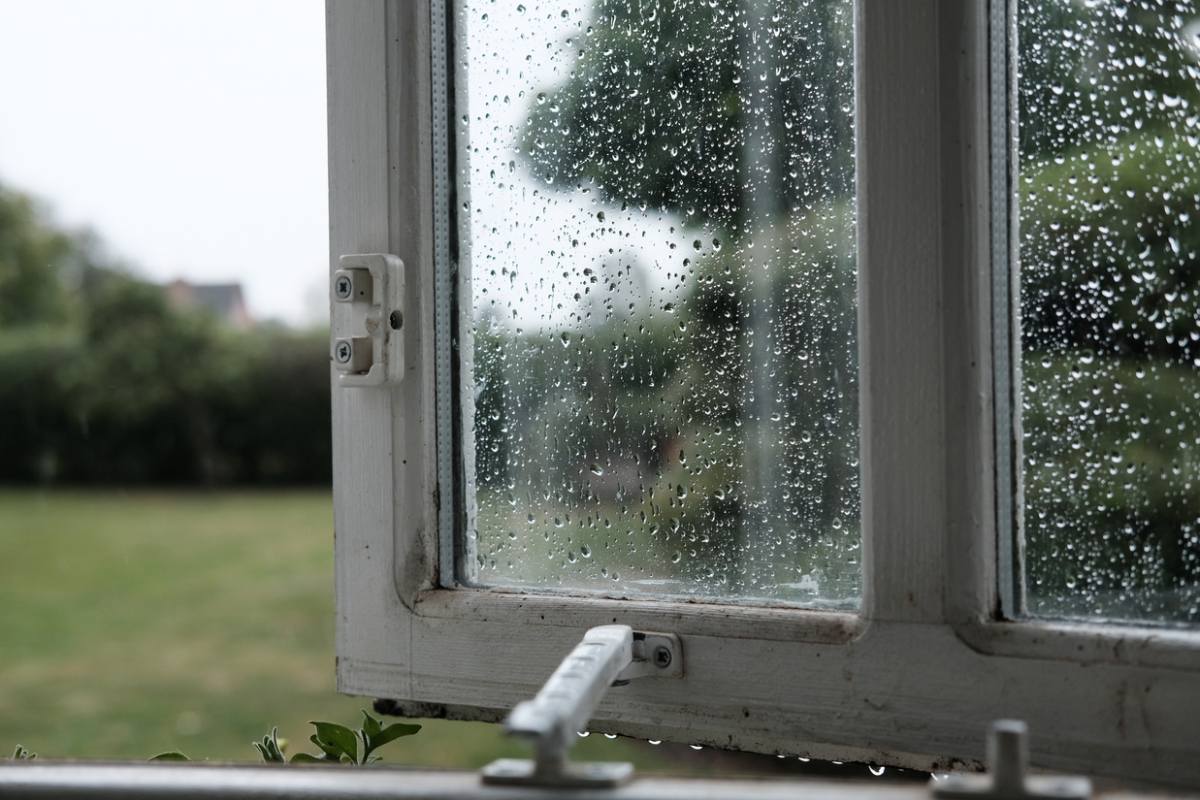
Windows do a lot more than let in sunlight — they play a key role in your home’s energy efficiency, comfort, and curb appeal. But like any part of your house, windows can wear out over time. And while a small draft or foggy pane might seem minor at first, ignoring window issues can lead to bigger problems down the road.
So how do you know when it’s time to consider window repair?
Here are a few common signs — and how to tell whether repair or full replacement is the right move.
1. You Feel a Draft, Even When the Window Is Closed
If you're noticing cold air seeping in during the winter (or hot air in the summer), it’s often a sign that your window seals have failed. Over time, weather stripping can wear down, frames can shift, and small gaps can open — all of which affect your comfort and energy bills.
Window repair fix: In many cases, resealing or replacing weather stripping can solve the issue. If the frame itself is warped or damaged, it may need more attention.
2. The Glass Is Foggy or Condensation Builds Between Panes
Double- or triple-pane windows are designed to insulate by trapping gas between the layers of glass. When that seal fails, moisture can get inside — leading to foggy or cloudy windows that never seem to clear up.
This isn’t just a cosmetic issue. It’s a sign the insulating gas is gone, and your window is no longer performing as designed.
Window repair fix: A professional can assess whether the seal can be repaired or if the glass unit needs to be replaced. In many cases, you don’t need a whole new window — just new insulated glass.
3. Difficulty Opening, Closing, or Locking the Window
If a window is sticking, not latching properly, or just feels “off,” it could be due to frame swelling, alignment issues, or broken components. This not only affects usability but could also pose a security risk.
Window repair fix: Often, these problems can be resolved by repairing or replacing the hardware, adjusting the frame, or fixing alignment.
4. Visible Rot, Warping, or Damage Around the Frame
Wooden frames are especially prone to rot if exposed to moisture. Even vinyl or aluminum windows can warp over time, especially with extreme temperature swings. Damage around the frame can let in moisture, pests, and drafts — and may lead to bigger structural issues if not addressed.
Window repair fix: Small areas of rot or damage can often be repaired, especially if caught early. More severe cases may require a full replacement, especially if the damage has spread to the surrounding wall or sill.
5. Higher Energy Bills Without Clear Explanation
If your utility costs are climbing and your HVAC system seems to be working overtime, your windows could be part of the problem. Drafty or poorly insulated windows allow heat to escape in the winter and seep in during the summer — putting more strain on your system.
Window repair fix: Repairing seals, upgrading glass, or insulating gaps can make a noticeable difference in energy efficiency.
When to Repair vs. Replace
As a general rule:
-
Repair makes sense if the window structure is intact, damage is isolated, and parts can be fixed or replaced.
-
Replacement is better if the frame is rotting, seals are completely gone, or the window is outdated and inefficient.
Not sure which you need? A professional window inspection can give you a clear answer — and peace of mind.
Keeping Your Windows in Top Shape
Windows may not be something you think about every day, but they make a big difference in how your home looks, feels, and performs. If you’ve noticed any of the signs above, don’t wait too long — small window repairs today can help you avoid bigger costs tomorrow.

